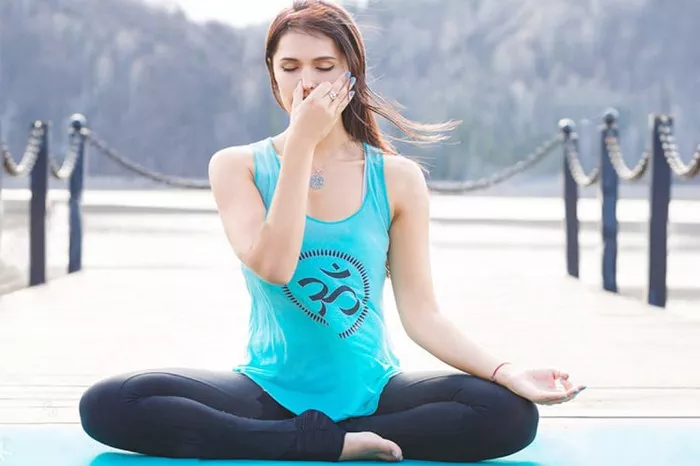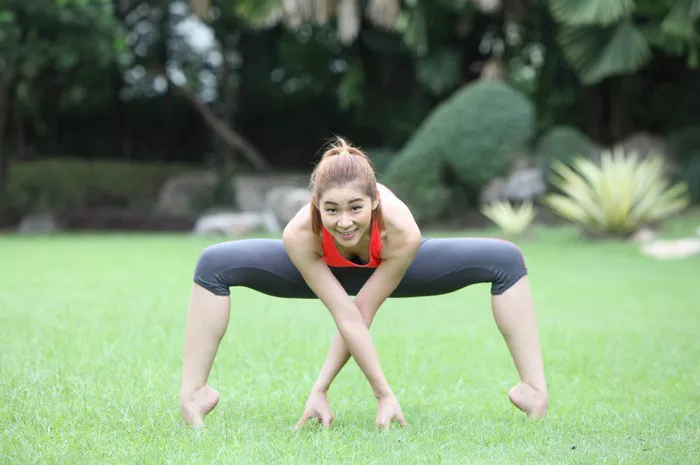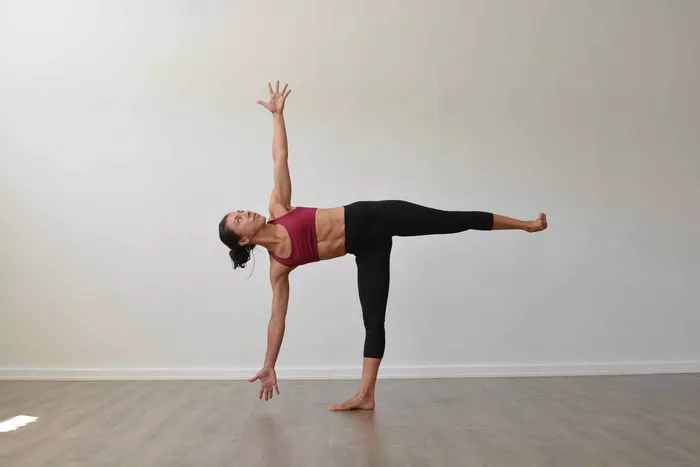The Yoga Sutras is a foundational text in the philosophy of yoga, believed to have been written by the sage Patanjali around 2,000 years ago. The text is comprised of 196 sutras or aphorisms that outline the path of yoga and its ultimate goal of achieving spiritual liberation, or samadhi.
The Yoga Sutras is divided into four chapters, each with a specific focus. The first chapter, Samadhi Pada, discusses the nature of yoga and the obstacles that must be overcome in order to achieve samadhi. The second chapter, Sadhana Pada, outlines the practices that must be undertaken in order to achieve the goal of yoga. The third chapter, Vibhuti Pada, discusses the supernatural powers that can be attained through the practice of yoga. The fourth and final chapter, Kaivalya Pada, describes the ultimate goal of yoga, which is the attainment of spiritual liberation.
Defining Pranayama
Pranayama is one of the practices outlined in the second chapter of the Yoga Sutras. It is defined as the control of prana, or life force, through the regulation of breath. Prana is believed to be the vital energy that animates all living things, and pranayama is a way of harnessing and directing this energy for spiritual purposes.
Pranayama is typically practiced in conjunction with asana, or yoga postures. The practice of asana helps to prepare the body for pranayama by increasing flexibility, strength, and awareness of the breath. Pranayama is then used to deepen the connection between the body, breath, and mind.
Types of Pranayama in Yoga Sutras
The Yoga Sutras mentions several specific types of pranayama, each with its own unique benefits and techniques. These include:
1. Exhale retention (bahya kumbhaka): This involves exhaling completely and holding the breath out for a period of time before inhaling again. Bahya kumbhaka is believed to help purify the body and mind, and to increase awareness and concentration.
2. Inhalation retention (antara kumbhaka): This involves inhaling deeply and holding the breath in for a period of time before exhaling again. Antara kumbhaka is believed to help increase vitality and energy, and to promote mental clarity and focus.
3. No retention (kevala kumbhaka): This involves simply observing the breath without any retention or manipulation. Kevala kumbhaka is believed to help cultivate a state of meditation and inner stillness.
In addition to these specific techniques, the Yoga Sutras also emphasizes the importance of practicing pranayama with a sense of detachment and non-attachment. This means practicing without expectation or attachment to specific outcomes, but rather with a sense of openness, curiosity, and surrender to the present moment.
Significance of Pranayama in Yoga
According to the Yoga Sutras, the practice of pranayama is essential for achieving higher states of consciousness and spiritual development. By controlling the breath and harnessing the power of prana, practitioners are able to still the mind and cultivate a deep sense of inner peace and stillness.
Pranayama is also believed to help purify the body and mind, removing blockages and obstacles that can prevent spiritual growth and development. Through the practice of pranayama, practitioners are able to cultivate a greater sense of awareness and connection to the present moment, which can help to reduce stress, anxiety, and other negative emotions.
Modern Interpretations and Practices
Since the time of the Yoga Sutras, the practice of pranayama has evolved and diversified in various ways. Today, there are many different styles and approaches to pranayama, each with its own unique techniques and benefits.
Some modern interpretations of pranayama emphasize the physical benefits of the practice, such as increased lung capacity, improved circulation, and reduced stress. Others focus more on the spiritual and meditative aspects of pranayama, using the practice as a means of cultivating inner stillness, awareness, and connection to the divine.
Regardless of the specific approach, however, the practice of pranayama remains an essential component of yoga and a powerful tool for achieving greater health, well-being, and spiritual growth. By harnessing the power of the breath and cultivating a deeper connection to the present moment, practitioners are able to tap into the vast potential of their own inner being and to experience the transformative power of yoga in their lives.
Conclusion
In conclusion, the practice of pranayama is an essential component of yoga, as outlined in the Yoga Sutras. By regulating the breath and harnessing the power of prana, practitioners are able to cultivate a deep sense of inner peace, stillness, and connection to the present moment. The Yoga Sutras mentions several specific types of pranayama, each with its own unique benefits and techniques, but emphasizes the importance of practicing with a sense of detachment and openness to the present moment.
While the practice of pranayama has evolved and diversified in modern times, it remains a powerful tool for achieving greater health, well-being, and spiritual growth. Whether practiced for its physical or spiritual benefits, pranayama offers a pathway to greater awareness, connection, and transformation in our lives. As we continue to explore and deepen our understanding of this ancient practice, we can tap into the vast potential of our own inner being and experience the transformative power of yoga in our lives.
FAQs:
Which pranayama is most powerful?
There is no one pranayama that is considered the most powerful, as each type of pranayama has its own unique benefits and effects on the body and mind. Some practitioners may find certain types of pranayama more effective or transformative than others, depending on their individual needs and goals. Ultimately, the most powerful pranayama is the one that is practiced with mindfulness, intention, and a deep sense of connection to the breath and the present moment.
What is the correct order of pranayama?
The correct order of pranayama varies depending on the specific tradition or style of yoga being practiced. However, in general, pranayama is typically practiced after asana, or yoga postures, and before meditation. This is because asana helps to prepare the body for pranayama by increasing flexibility, strength, and awareness of the breath, while pranayama helps to deepen the connection between the body, breath, and mind in preparation for meditation. Some practitioners may also incorporate pranayama into their meditation practice as a way of cultivating greater focus, concentration, and stillness.
What are the three stages of pranayama?
The three stages of pranayama are inhalation (puraka), retention (kumbhaka), and exhalation (rechaka). Puraka involves inhaling deeply and fully, filling the lungs with air and expanding the chest and abdomen. Kumbhaka involves retaining the breath either after inhaling (antara kumbhaka) or after exhaling (bahya kumbhaka) for a period of time. Rechaka involves exhaling slowly and completely, releasing the breath and allowing the body to relax. These three stages are typically practiced in a specific sequence, with the duration of each stage and the overall ratio of inhalation to retention to exhalation varying depending on the specific type of pranayama being practiced.


















